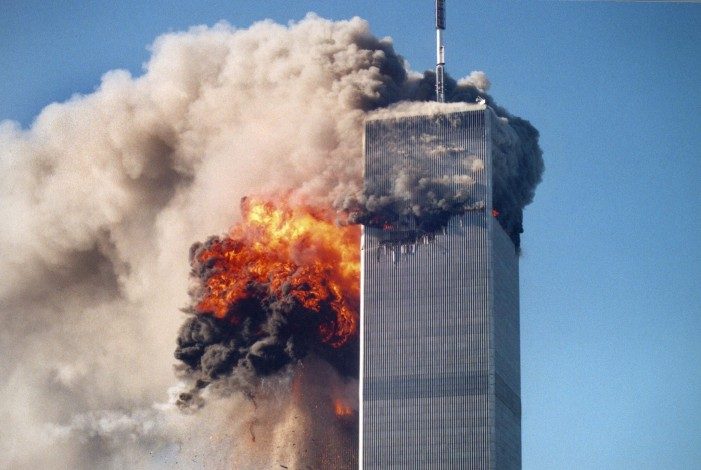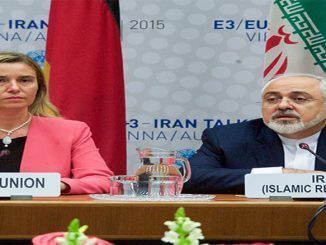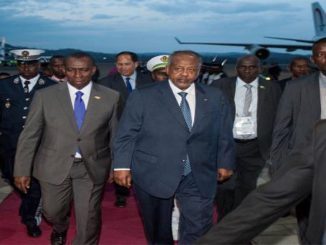
The Obama administration has released the long-classified 28 pages of the official congressional report on the 11 September 2001 terrorist attacks, which concerned the alleged ties of the Saudi Arabian government to the 9/11 hijackers.
Publishing the long-awaited pages 13 years after they were first classified, the White House insisted they show no link between Saudi Arabia and the hijackers who carried out the terrorist attacks. The pages put into the public domain the remaining unseen section of the 2002 report, from the joint congressional inquiry into intelligence community activities before and after the 9/11 attacks.
“This information does not change the assessment of the US government that there’s no evidence that the Saudi government or senior Saudi individuals funded al-Qaida,” said Josh Earnest, the White House press secretary. “The number one takeaway from this should be that this administration is committed to transparency even when it comes to sensitive information related to national security.”
The publication, awaited for 13 years, will not necessarily end speculation around Saudi influence, however.
Links with Saudi Arabia
The 28 pages show that, according to FBI documents, several numbers found in the phone book of Abu Zubaydah, a senior al-Qaida operative captured in Pakistan in March 2002 who is still being detained at Guantánamo Bay, could be linked, at least indirectly, to phone numbers in the US. Among them was a number “subscribed to” by a company in Aspen, Colorado, that managed the residence of the then Saudi ambassador, Bandar bin Sultan.
In addition, according to an FBI document, the phone number of a bodyguard at the Saudi embassy in Washington, “who some have alleged may be a” – several words have been redacted – “was also found in Abu Zubaida’s (sic) possession”.
Zubaydah became the test case for the CIA’s post-9/11 torture program. Waterboarded more than 83 times in one month at a CIA black site in Thailand, Zubaydah was ultimately determined by CIA interrogators not to have yielded reliable intelligence from his abuse.
A recently declassified document from CIA medical personnel judged that he “probably reached the point of cooperation” before his torture, even though CIA interrogators, according to the Senate’s 2014 investigation, convinced themselves Zubaydah had actionable and specific intelligence on imminent al-Qaida plots.
Since 2006, Zubaydah has resided in a classified section of the Guantánamo Bay wartime prison complex. The US has never charged him with any offense; a 2009 justice department filing contesting his habeas corpus petition walked back the government’s frequent claim that Zubaydah was a senior member of al-Qaida, calling him merely an “affiliate”.
The newly declassified section of the congressional inquiry does not draw conclusions about Bandar, let alone accusations of complicity in 9/11, despite listing known or suspected associations to people once believed to have aided the terrorist attack. At several points its source material, largely derived from the FBI, states that it has closed inquiries or held them in “abeyance”, as with the Aspcol connection.
Yet some of the sections of the declassified pages remain withheld. One such section concerns a Saudi navy officer who in March 2000 was in telephonic contact with two of the hijackers. It is unclear if the FBI ultimately found anything relevant on the officer, but the FBI currently does not consider the Saudi Arabian government complicit in the attack.
Later investigations found no evidence that the Saudi government or senior Saudi officials knowingly backed the 19 hijackers, 15 of whom were from Saudi Arabia. But politicians and relatives of victims pushed to get the pages published because of questions over whether Saudi nationals in contact with the hijackers after they arrived in the US knew what they were plotting. Barack Obama ordered a declassification review.
The report can be downloaded from here



